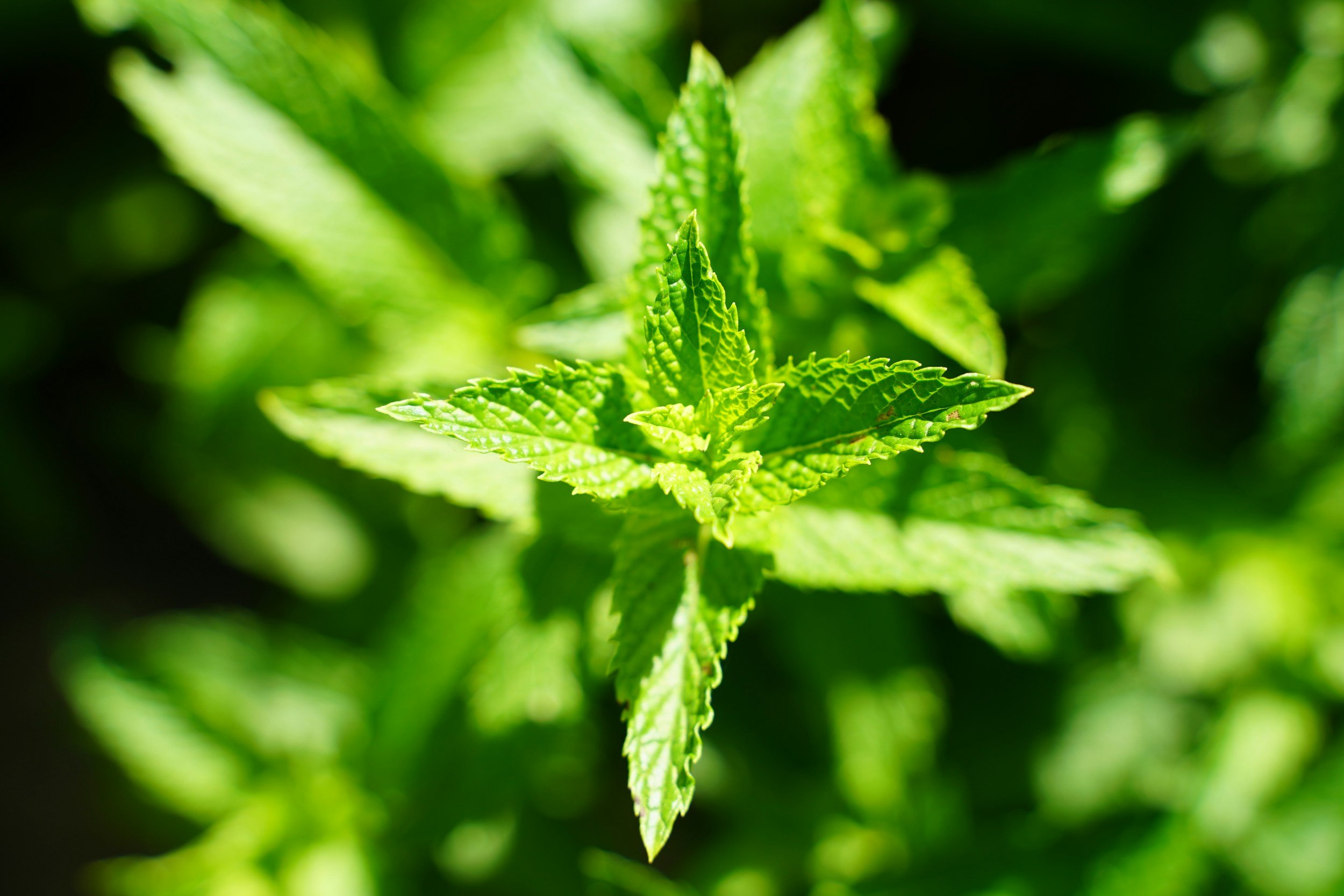
Lemon Balm
Lemon Balm (Melissa officinalis)
Plant family
Lamiaceae
Other significant names
Bee balm
Lemon mint and balm.
Parts used
Herba (Herb)
Typical forms of prescription
Tincture
Fresh leaf infusion
Lemon Balm (Melissa officinalis) – Clinical Snapshot
Primary Actions
Carminative
Antispasmodic
Anti-depressive
Diaphoretic
Hypotensive
Relaxant
Antiviral
Anti-inflammatory
Nervine
Nervous trophorestorative
Primary Indications
Headaches and migraines
Insomnia
Mood and memory support
(including mood symptoms of Alzheimer’s and dementia)
Hyperthyroidism, thyrotoxicosis (Graves' disease)
High blood pressure
Digestive issues (bloating, indigestion, colic in infants)
Cystitis, prostatitis
Vaginal thrush
Dysmenorrhea
Mild menstrual pain
Herpes simplex
⚠️Cautions / Safety⚠️
Contraindicated in patients with low thyroid function (hypothyroidism)
Caution when using alongside thyroid medications
Melissa officinalis
Phytochemistry and Pharmacology
-
Action: Anti-inflammatory, antiviral, antioxidant, anxiolytic
Use: Rosmarinic acid is a standout compound in lemon balm, affecting mood regulation, immune balance, and inflammation control. It enhances GABA activity, helping to calm anxiety and agitation, and also protects tissues from oxidative damage. It’s a key player in lemon balm’s role as a gentle nervine and antiviral herb.
-
Includes: Caffeic acid, chlorogenic acid
Action: Antioxidant, liver-supportive
Use: These compounds assist with liver detoxification, contribute to antioxidant defence, and enhance antiviral actions, reinforcing lemon balm’s use in herpes management, immune support, and digestion.
-
Includes: Citral (neral and geranial), citronellal, linalool, geraniol
Action: Antiviral, carminative, spasmolytic, mild sedative
Use: These aromatic compounds are responsible for lemon balm’s calming scent and its ability to relax smooth muscle in the digestive and nervous systems. Citral, in particular, has shown antiviral activity (notably against HSV), while the overall oil blend supports calm digestion, gas relief, and emotional tension.
-
Includes: Ursolic acid
Action: Anti-inflammatory, antimicrobial, hepatoprotective
Use: Though present in smaller amounts, triterpenes enhance lemon balm’s tissue-soothing and anti-inflammatory actions, supporting its use in topical preparations for skin irritation and in internal blends for gut-liver support.
-
Includes: Quercetin, apigenin, luteolin
Action: Antioxidant, anti-inflammatory, antispasmodic
Use: These support vascular tone, reduce histamine responses, and enhance tissue resilience, making lemon balm beneficial in stress-related tension, allergic reactivity, and inflammatory digestive issues.
Traditional use
Traditionally used to aid digestion and relieve melancholy. 17th-century Nicholas Culpeper valued it as ‘it causes the mind and heart to become merry’. An amusing anecdote from Maude Grieve (1931) records that John Hussey of Sydenham lived to 116 and put it down to fifty years of taking lemon balm sweetened with honey at breakfast.
Clinical discussion
Lemon balm is a calming nervine for stressed patients who need a boost or help with sleep. It helps reduce panic and boost memory - great for students or those with nerves before exams or interviews. Its calming effects and memory support have been shown to help support lifestyle quality in patients suffering from Alzheimer’s and dementia. It is carminative, helping with flatulence and dyspepsia, especially related to nervous tension. It is used for neuralgia and headaches, including migraine. It can aid mild menstrual pain and bloating. It is a herb that is used to help support hyperthyroidism. Its essential oils have antiviral effects on herpes simplex (cold sores), and a fresh crushed leaf can be applied directly. The essential oil can be added to lip balm for this purpose, but it is one of the most expensive oils available due to the massive quantities of leaves needed to be distilled in just a few ml.
Cultivation/harvesting
Plant in pots as it can easily take over the garden. It is best used fresh in infusions and tinctures, as the essential oils evaporate a few weeks after drying. By late summer, it tends to develop powdery mildew in damp weather, so gather in mid-summer before this occurs.
Key Botanical Features of Lemon Balm (Melissa officinalis)
Growth
Type: Perennial, bushy herb.
Size: Grows 30–90 cm (12–36 inches) tall.
Stem: Square-shaped, a characteristic of the mint family, with a branched, spreading growth habit.
Leaves
Type: Opposite, simple.
Shape: Ovate to heart-shaped, with serrated edges.
Size: 2–8 cm (0.8–3 inches) long.
Texture: Soft and slightly hairy, with a wrinkled surface.
Colour: Bright to deep green.
Aroma: Strong lemon fragrance when crushed, due to the presence of essential oils (citral, citronellal, and geraniol).
Flowers
Type: Small, tubular, two-lipped flowers, characteristic of the mint family.
Size: 6–12 mm (0.2–0.5 inches) long.
Colour: Pale yellow to white, sometimes pinkish or light purple.
Flower Arrangement: Clustered in whorls in the leaf axils.
Blooming Period: Summer to early autumn (typically June–September).
Pollination: Attracts bees, butterflies, and other pollinators.
Fruits & Seeds
Fruit Type: Small nutlets, typical of the Lamiaceae family.
Size: Less than 2 mm in diameter.
Seed Dispersal: Primarily by gravity and wind.
Roots
Type: Fibrous root system, capable of spreading.
Function: Supports vigorous growth and self-seeding.
Habitat & Growth Conditions
Climate: Prefers temperate to subtropical climates.
Soil: Thrives in moist, well-drained, loamy soil with high organic matter.
Sunlight: Prefers full sun to partial shade.
Water Requirements: Requires moderate moisture, but is drought-tolerant once established.
Distribution: Native to Southern Europe, the Mediterranean, and Central Asia, but widely cultivated and naturalised worldwide.
Sustainability/conservation
Widely cultivated in the UK
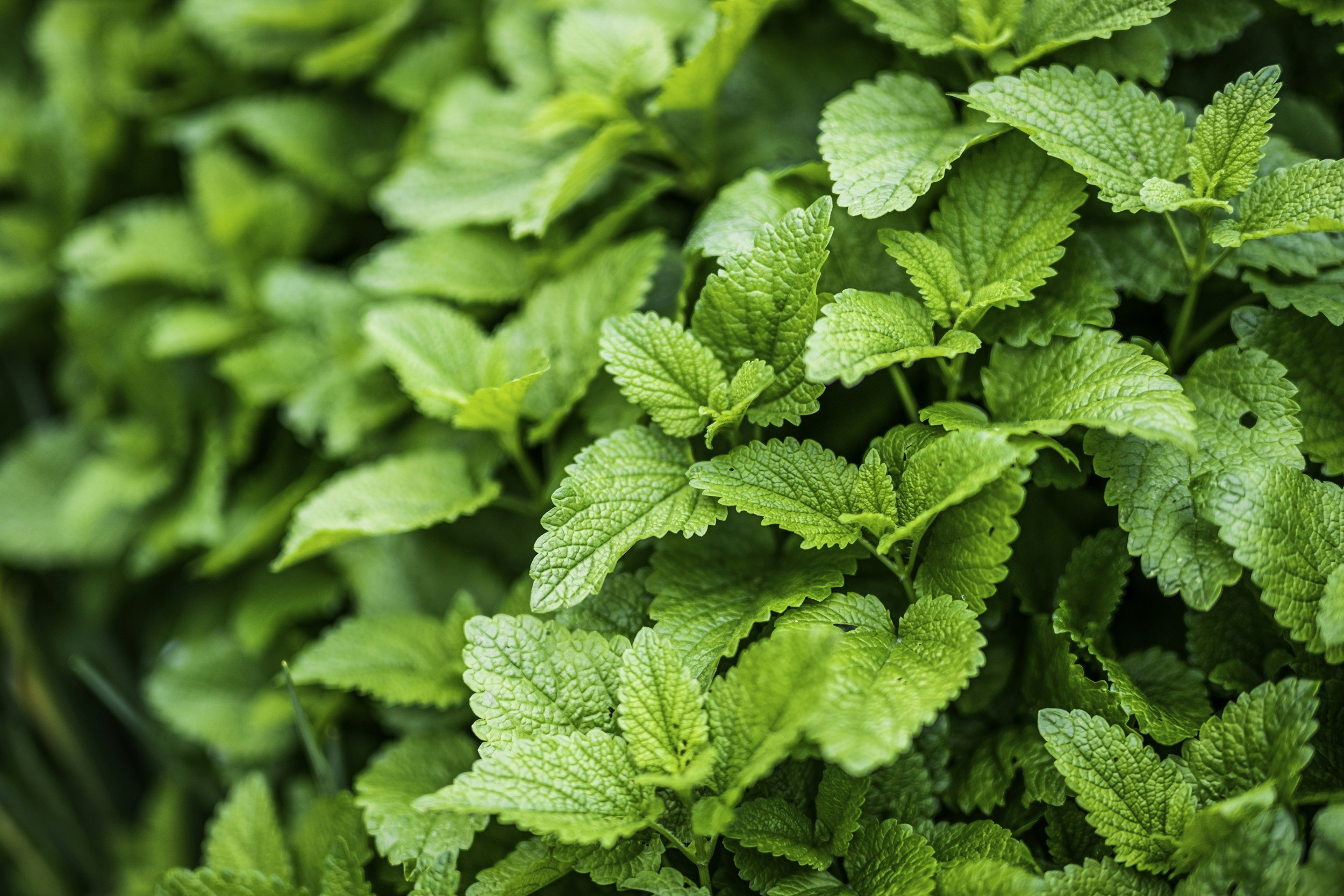
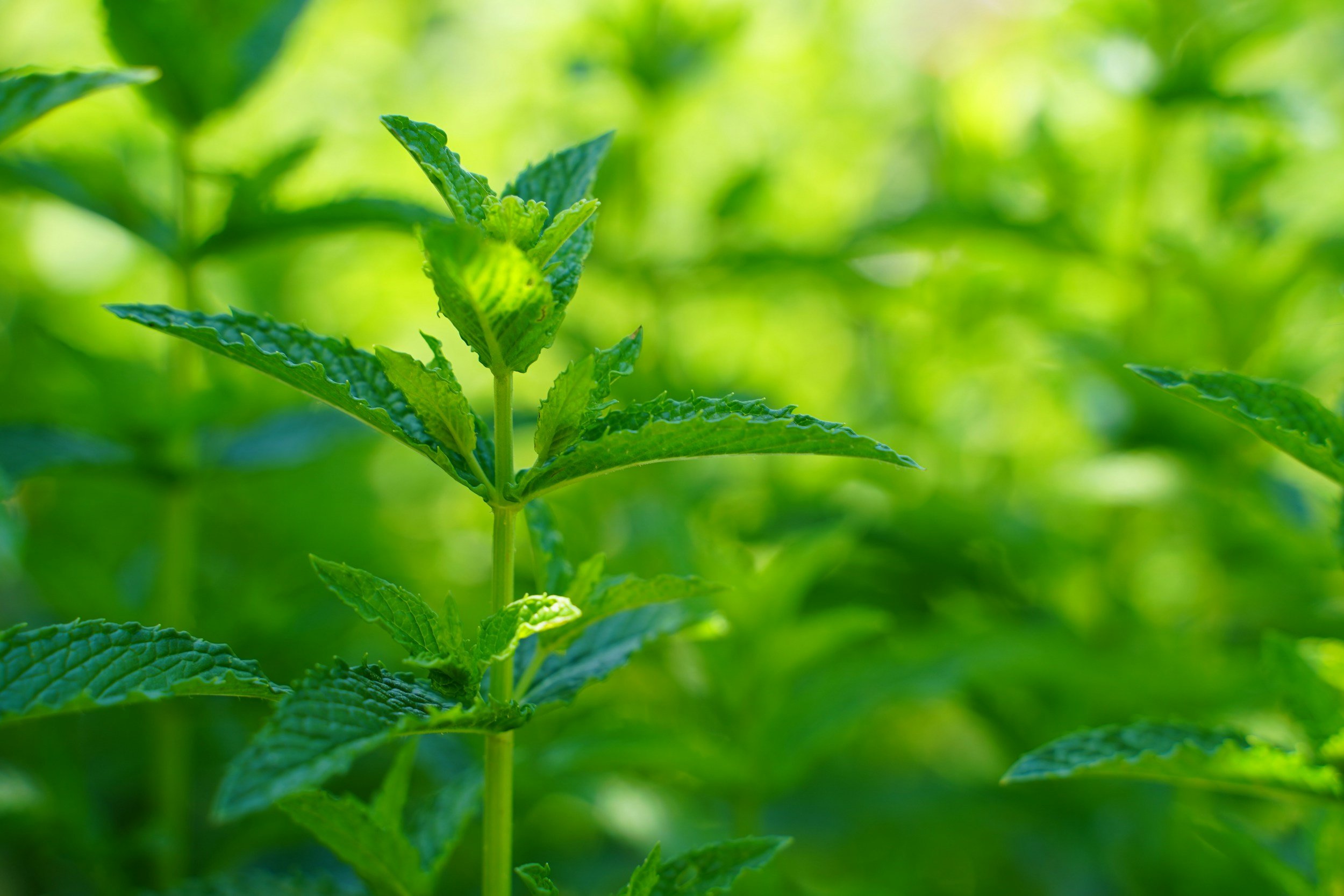

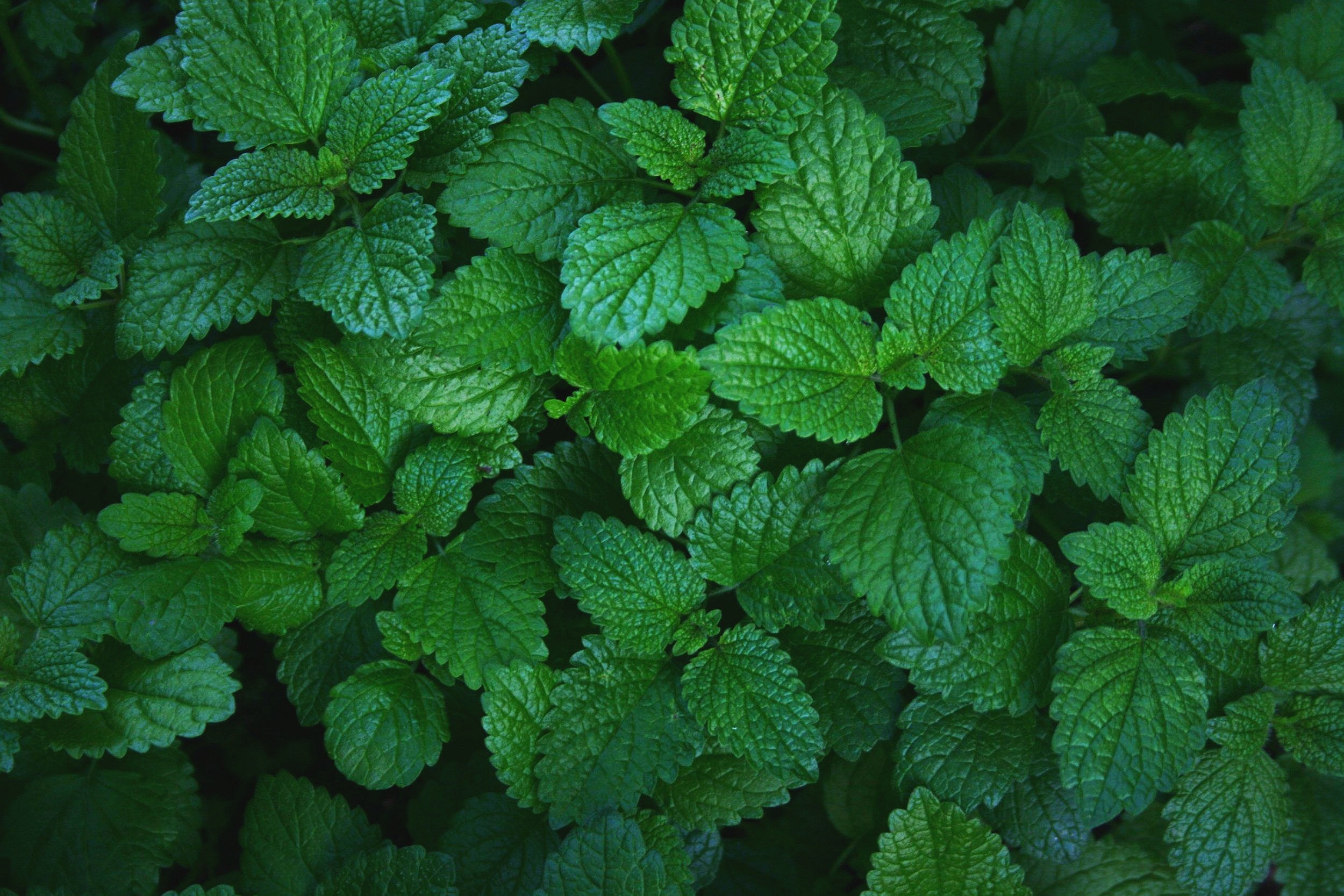
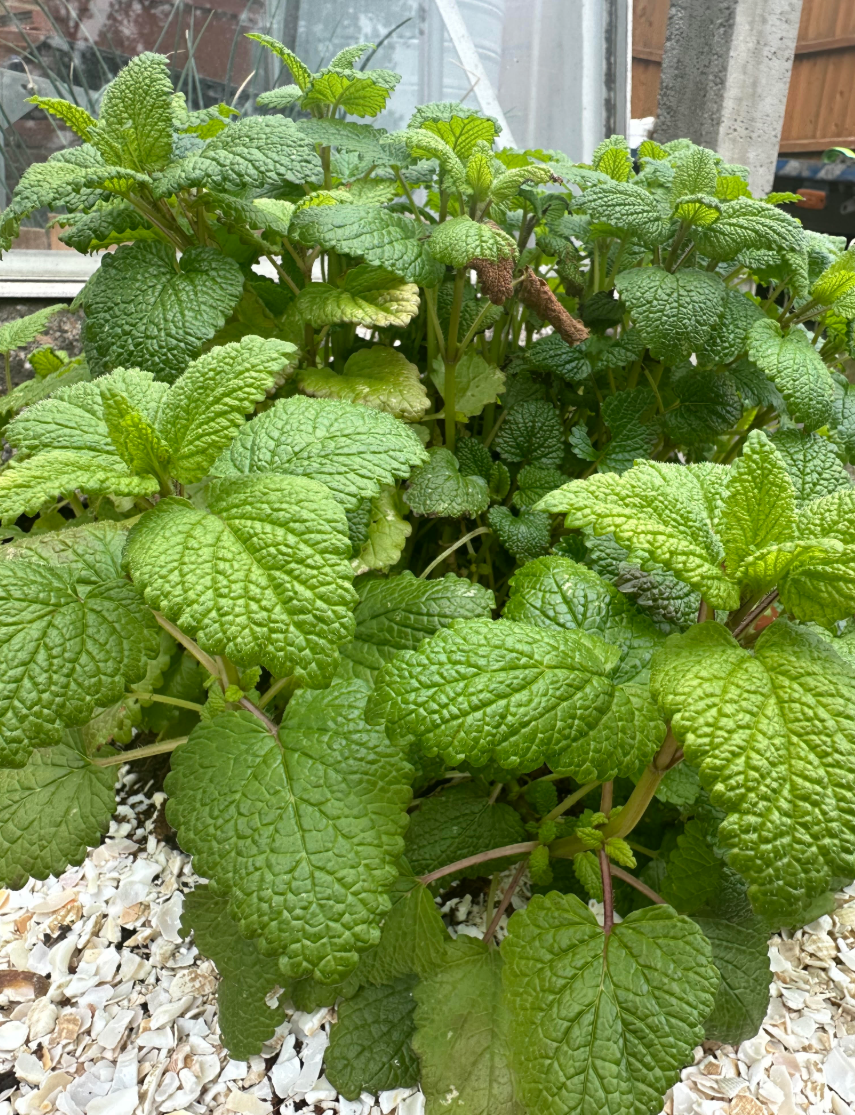
Sources
Bartram, T. (1998). Bartram’s Encyclopedia of Herbal Medicine. Constable.
Fisher, C. (2009). Materia Medica of Western Herbs, (2018 edition). Finchley Road, London. Aeon Books.
Hedley, C & Shaw, N. (2020). A herbal book of making and taking. Finchley Road, London. Aeon Books.
Hoffmann, D. (2003). Medical Herbalism: The Science and Practice of Herbal Medicine. Healing Arts Press.
McIntyre, A. (2019). The complete herbal tutor, revised and expanded edition. Finchley Road, London. Aeon Books.
Plants of the World Online | Kew Science. (n.d.). Plants of the World Online. https://powo.science.kew.org/
Disclaimer: This page is for educational purposes only. Consult a qualified medical herbalist before using herbs, especially during pregnancy, when trying to conceive, while breastfeeding, for medical conditions, or with children.
Read the full disclaimer → Medical Disclaimer.



